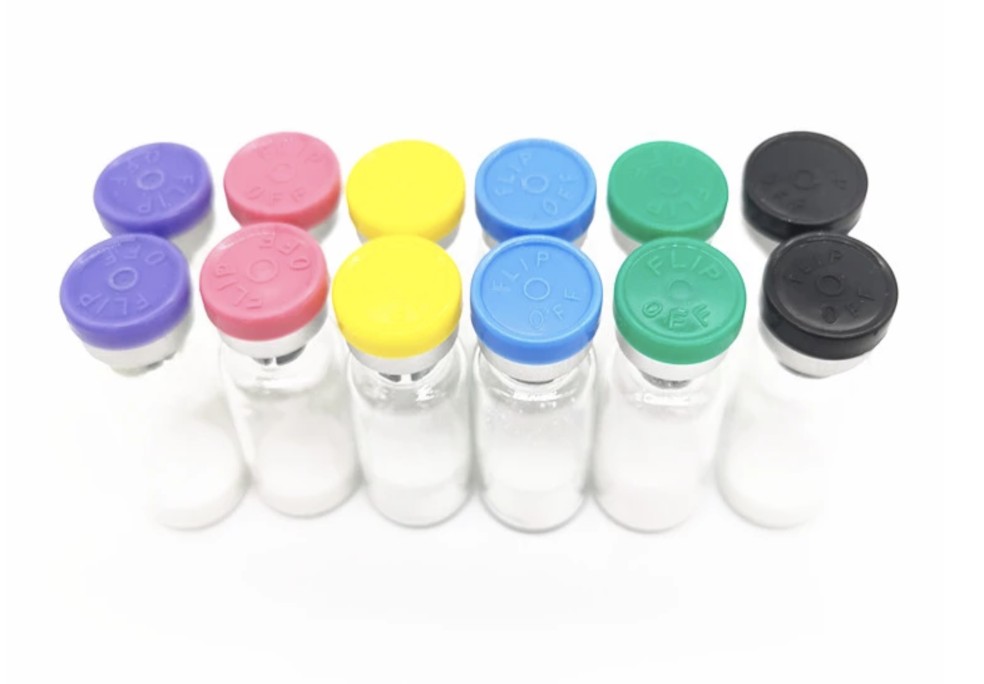Oxytocin can stimulate the myoepithelial cell around the mammary gland alveolus and gland vessel contracting, and promote milk ejection. Oxytocin can selectively stimulate uterus, and enhance contraction of the smooth muscle of the uterus. The stimulation effect to uterus is different, because of the dosage and the body hormone level. Low dose Oxytocin can strengthen the uterus to contract in the pregnancy end period; and high dose Oxytocin can cause the uterus smooth muscle tetanic contraction, and has the blood vessel pressed to hemostasis.
Oxytocin is a mammalian neurohypophysial hormone. Produced by the hypothalamus and stored and secreted by the posterior pituitary gland, oxytocin acts primarily as a neuromodulator in the brain.
Oxytocin plays an important role in the neuroanatomy of intimacy, specifically in sexual reproduction of both sexes, in particular during and after childbirth; its name, meaning "swift childbirth", comes from Greek, oksys "swift" et , tokos "birth." It is released in large amounts after distension of the cervix and uterus during labor, facilitating birth, maternal bonding, et, after stimulation of the nipples,lactation. Both childbirth and milk ejection result from positive feedback mechanisms.
Oxytocin is a hormone that is made in the brain, in the hypothalamus, and it is transported to, and secreted by, the pituitary gland, which is located at the base of the brain.
Chemically it is known as a nonapeptide (a peptide containing nine amino acids), and biologically, as a neuropeptide. It acts both as a hormone and as a brain neurotransmitter.
In both men and women, sexual intercourse stimulates the release of oxytocin, which has a role in erection and orgasm. The reason for this is not fully understood, although in women, it has been proposed that the increased uterine motility may help sperm to reach their destination.






















